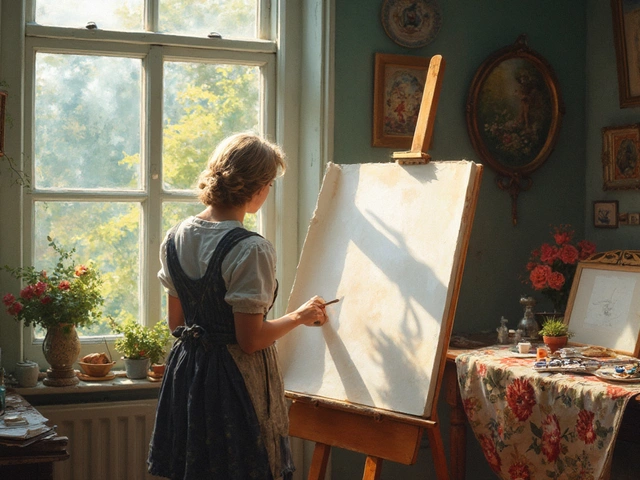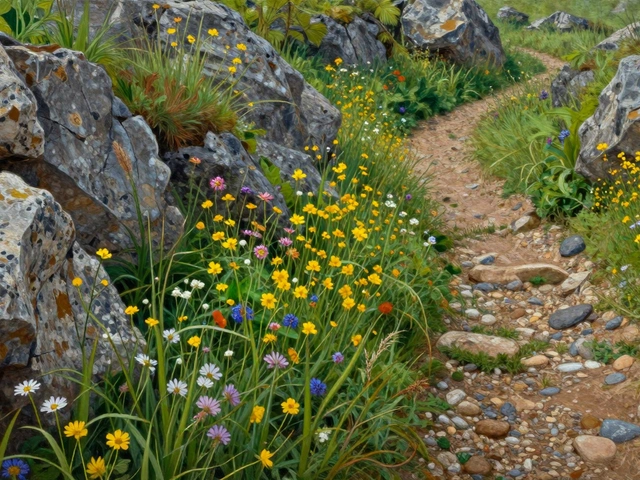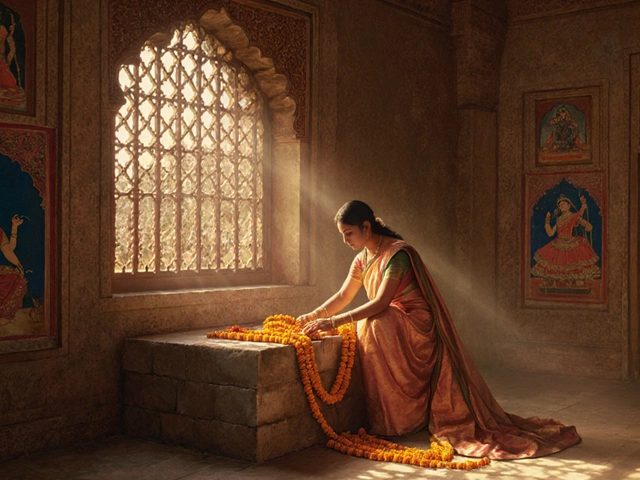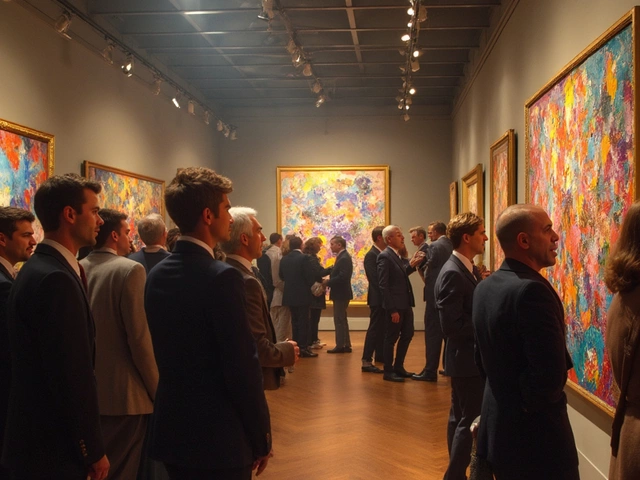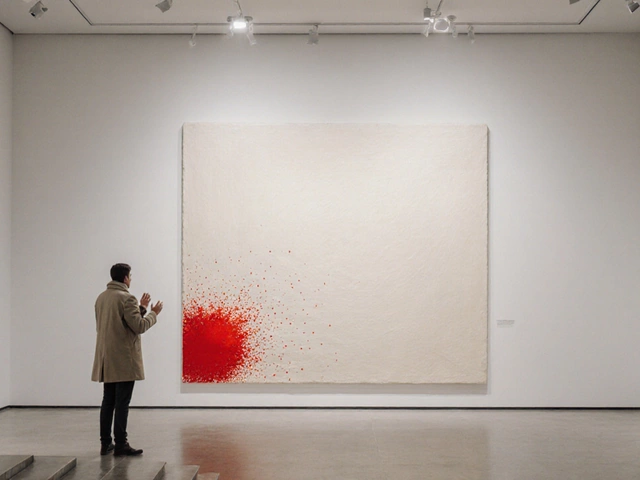Romantic Landscape Paintings
When working with Romantic Landscape Paintings, artworks that blend the emotional intensity of Romanticism with sweeping natural scenes, using dramatic light, rugged terrain, and a sense of awe. Also known as Romantic scenery, they aim to stir the viewer’s feelings while showcasing nature’s power. This style is a branch of Landscape Painting, the genre focused on depicting outdoor environments, from tranquil valleys to stormy seas, and it is deeply rooted in Romanticism, the early‑19th‑century movement that prized emotion, individualism, and the sublime. Good Art Composition, the arrangement of visual elements to guide the eye and tell a story is essential; artists balance foreground detail with sweeping backgrounds to create a narrative flow. Romantic landscape paintings encompass dramatic lighting, emotive color palettes, and storytelling through scenery, turning a simple vista into a visual poem. In Britain, the wild cliffs of Pembrokeshire provided the perfect backdrop for painters who wanted to capture wind‑blown coastlines and mist‑filled hills, reinforcing the genre’s love for untamed places.
The timeless appeal of Romantic landscape paintings lies in their rich oil textures and emotional depth. Most classic examples were rendered in Oil Painting, a medium that lets artists blend colors smoothly, build layers, and achieve luminous depth. The technique demands multiple glaze layers, wet‑on‑wet blending, and careful control of drying times to capture subtle shifts in light. Artists like John Constable layered thin sky washes over a darkened ground to make clouds look like moving entities, while Caspar David Friedrich used deep, cool blues to convey melancholy in moonlit forests. Mastering oil painting enables the soft transitions of atmospheric perspective that define the genre, and brushwork can suggest wind‑swept foliage or tranquil water with just a few strokes. Colour theory plays a big role: warm ochres highlight sun‑kissed peaks, cool violets recede distant mountains, and high‑contrast chiaroscuro creates the dramatic drama that Romanticism champions. The result is a scene that feels both realistic and infused with the painter’s personal feeling—a core goal of the movement.
If you’re wondering why Romantic landscape paintings still matter, consider how contemporary creators mix the old‑world ethos with digital tools or insert human figures to deepen narrative—a technique explored in our guide on people in landscape paintings. Today collectors look for works that balance technical skill with a clear emotional message, and museums often pair historic canvases with modern reinterpretations to show the genre’s evolution. When you walk a Pembrokeshire gallery, notice how the composition draws your eye from the rugged foreground cliffs up to the luminous horizon; that visual journey is the hallmark of strong art composition. Understanding the blend of emotion, composition, and oil technique helps you read each canvas like a story, whether you’re a student, a hobbyist, or an art lover planning a visit. Below you’ll find articles that dive into related topics such as digital art monetisation, figure‑in‑scenery composition, and current art movements, giving you a well‑rounded view of how the romantic spirit lives on across media.
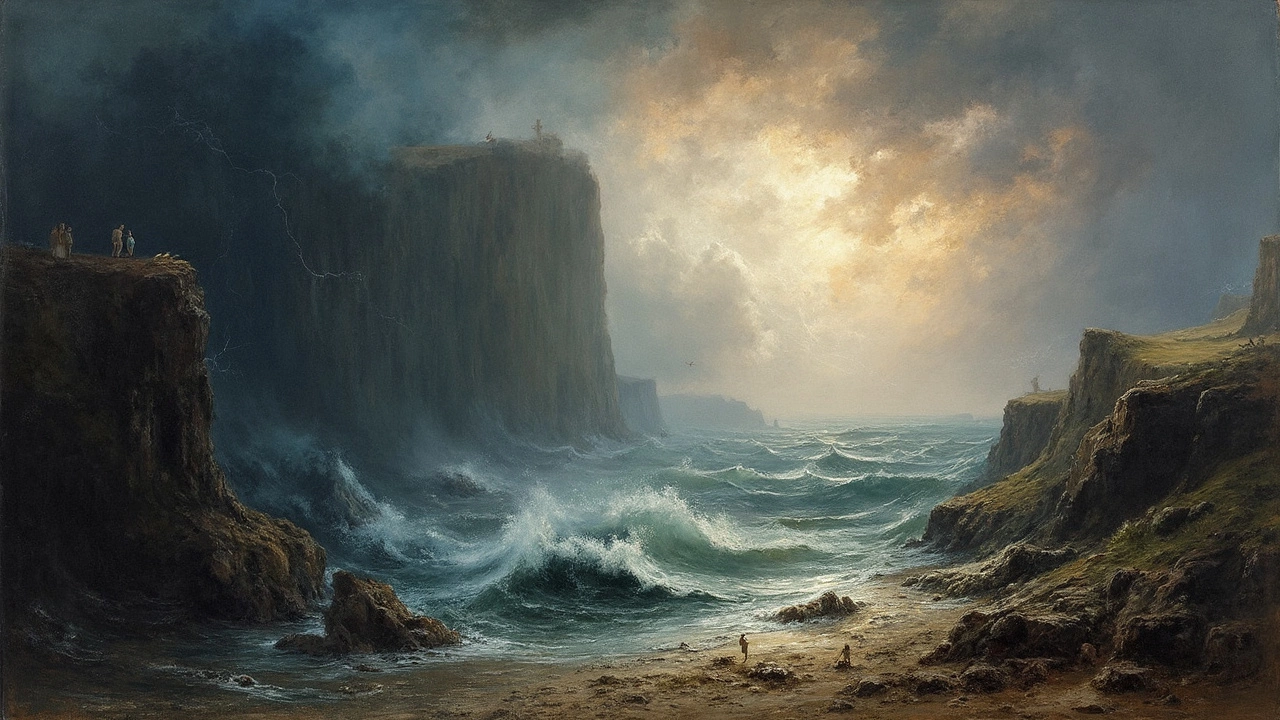
Romantic landscape paintings fall into two main types: the sublime and the pastoral. Each captures nature in totally different moods. This article breaks down what sets them apart, how artists approached each type, and tips for spotting them in galleries or even thrift shop finds. It’s a straight-to-the-point look at what makes romantic landscapes tick. Ideal for collectors, art students, and anyone who wants to understand art without the jargon.
